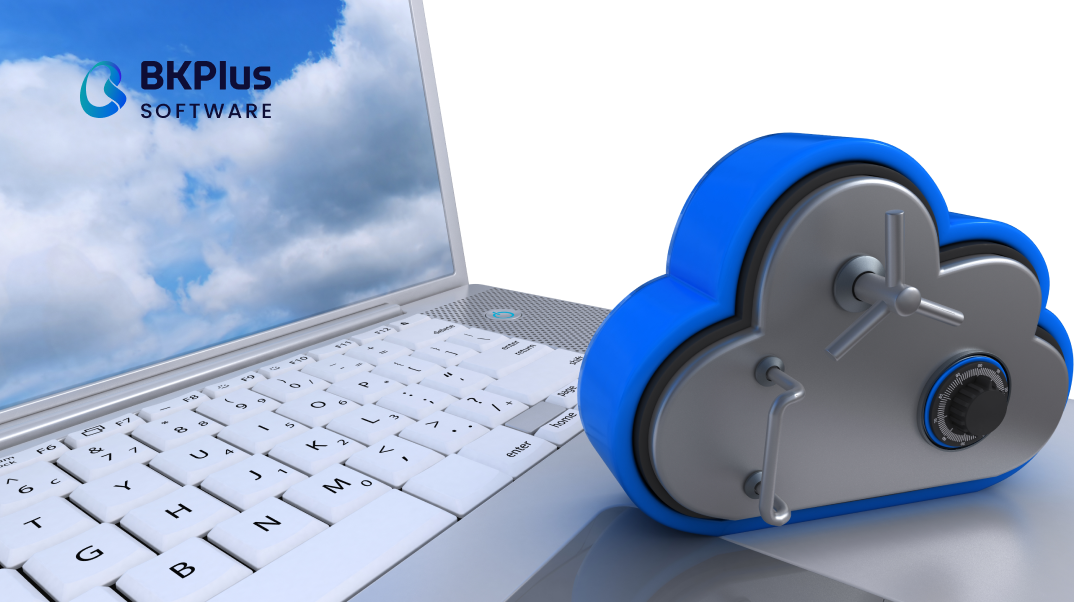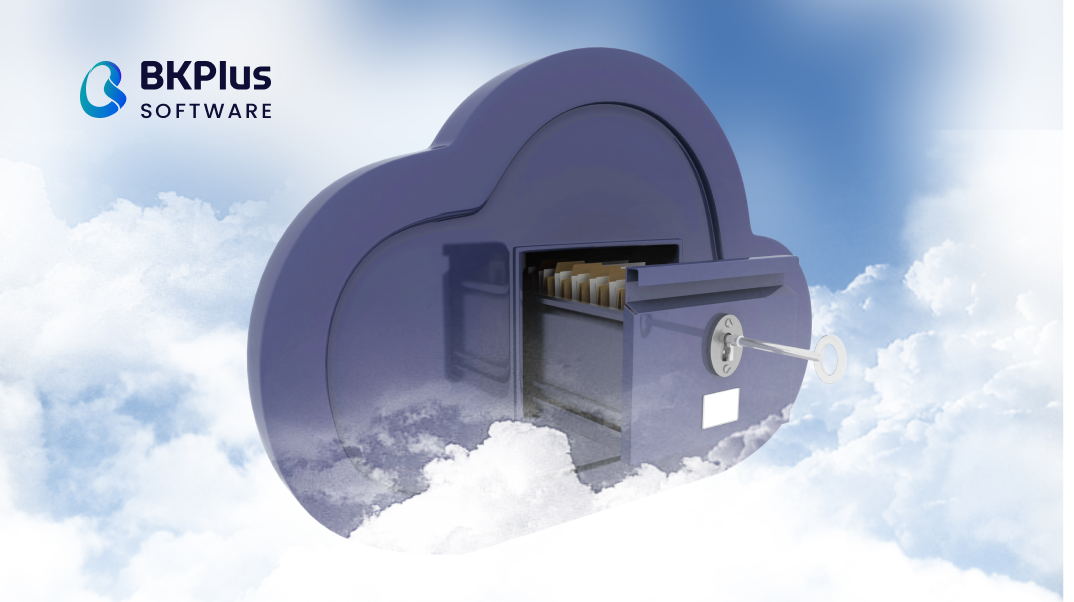The growing need for data processing, storage and computation in companies has led to start-ups and small to medium-sized enterprises increasingly turning to cloud infrastructures. However, with this opportunity has also come a challenge. The same flexibility and scalability that makes the cloud attractive can also make cloud costs unpredictable and difficult to manage. This is especially true for businesses with variable workloads. In addition to major costs such as payroll and office rent, cloud costs are also increasing for companies working in the cloud.
Without careful planning and effective management, cloud expenses can eat up your business budget. Fortunately, optimizing cloud costs can help. By using effective strategies and tools, companies can better manage their cloud resources, minimize waste and align their cloud spending with their business goals. This guide will show you practical ways to achieve optimal cloud cost management — without compromising on performance or security.
What is Cloud Cost Optimization?
Cloud cost optimization is a strategic approach to controlling and minimizing the costs associated with your business’s cloud computing services. The measures to optimize your cloud costs go beyond simple cost reductions. Instead, they focus on rigorously analyzing your current cloud usage, identifying inefficiencies and eliminating waste to maximize the value of every dollar spent on cloud resources.

The goal of cloud cost optimization is to gain better visibility into your cloud environment to ensure that resources are being used effectively and that there is a balance between cost and performance, security and availability.
Why You Should Prioritize Cloud Cost Optimization
Optimizing cloud costs is not a one-time event, but an ongoing strategy with a variety of benefits from a more cost-effective cloud environment to a more competitive business.
Cloud costs can become a black hole in the budget without careful monitoring. By prioritizing cloud cost optimization, you will ensure that you avoid wasteful spending and can free up funds for other important business areas such as product development and recruitment.
Furthermore, effective cloud cost optimization also involves right-sizing your resources, making sure you do not over-provision, and paying for unused capacity. Pay for what you need, when you need it.
On the other hand, a well-optimized cloud budget is a predictable budget. With effective cost control measures, you can accurately predict your cloud spending, eliminating surprises and allowing for better strategic planning.
5 Cloud Cost Optimization Best Practices
Understanding the need for and benefits of cost optimization in the cloud is only the first step. The real challenge is to identify and implement proven strategies to effectively control and reduce your cloud costs. Here’s how to keep your cloud costs in check while getting the most out of your cloud infrastructure.
1. Understand Your Cloud Bill
It’s easy to look at your cloud bills and just look at the total. However, effective cloud cost management starts with familiarizing yourself with your cloud bill and overall cloud pricing. When you know what costs are included and what each line item means, you can better assess where your money is going to optimize costs.
Here are the portions of your cloud bill to understand:
- Compute costs. These are charges for the processing power used. This pricing will depend on the types and sizes of virtual machines you’re running. Prices may vary based on regional differences, reserved versus on-demand instances, or the use of spot instances.
- Managed services costs. If you are using managed services (e.g. managed databases), there are charges for these based on usage or per-hour rates.
- Storage costs. These charges arise for storing data in the cloud. Different storage types (e.g. object, block), redundancy options, and data retrieval and transfer fees can impact your total storage costs.
- Bandwidth costs. These charges account for data moving in and out of your cloud environment and are commonly called “egress costs.” Intra-region and inter-region data transfers and data transfers between your cloud and the internet also factor into these costs, which can vary dramatically from month to month if your business is bandwidth-intensive.
- Support costs. Depending on your cloud provider and plan, you might have separate charges for support levels.
- Discounts and savings. Any upfront payments, reserved instances, committed use contracts, or other discount programs your company is participating in will appear, reducing the total amount of your bill.
2. Choose a Cloud Provider with Predictable Pricing
A cloud provider with a complicated pricing structure can lead to unexpected costs and surprise bills, making budgeting a challenging task. On the other hand, opting for cloud providers that offer clear, straightforward, and predictable pricing will allow your company to make informed decisions about cloud resource usage and cost control measures.
Look for cloud vendors that provide a detailed breakdown of your usage and cost, making it easier to understand your cloud bill and identify areas for optimization. A consistent and transparent pricing structure keeps your cloud costs in check, while also giving you peace of mind.
3. Identify Unused and Unattached Resources
Part of your cloud cost optimization strategy should include pinpointing underused (and inefficiently used) cloud resources. These unused resources, while seemingly innocuous, can quietly drain your budget without providing any value to your business.
Here are a few proactive steps you can take:
- Setup regular monitoring. Routinely monitor resource usage, implementing cloud monitoring tools with alert notifications to track key metrics such as CPU usage, disk usage, disk I/O, bandwidth, and memory usage. Resources with consistently low usage, or idle resources, should be candidates for downsizing or removal.
- Locate idle cloud resources. Keep an eye out for instances that show minimal or no activity over an extended period of time. For instance, an idle database may not have significant read or write operations over several months. These are prime targets for deletion.
- Evaluate and take action. After identifying underutilized resources, assess their future necessity. If they aren’t required for forthcoming projects and won’t affect your current operations, opt for removal or downsizing.
4. Right-size Your Computing Services
Right-sizing is the practice of matching your computing resources with your actual needs, ensuring that you’re not overpaying for unused capacity. Right-sizing involves both reducing the size of over-provisioned resources and increasing the size of resources that are near (or at) capacity.

Here are actionable tips for right-sizing your cloud computing services:
- Understand your workloads. Take time to assess your workloads, including performance requirements and usage patterns. This knowledge will provide the necessary context for optimizing your computational resources efficiently.
- Test different configurations. Experiment with various instance sizes and types to determine the best fit for each workload. This will help ensure you find the optimal configuration.
- Utilize heatmaps. Heatmaps provide a visual representation of your company’s computing demand over time. By monitoring and identifying patterns in the heatmap, you can locate cost centers and adjust your resources accordingly.
- Implement load balancing. Load balancing helps distribute workloads evenly across resources, preventing overuse and underuse. This can help to ensure that you’re making the most efficient use of computing resources and not overpaying for unused capacity.
- Continuously review and adjust. Right-sizing is a continuous activity. Regularly reviewing your resources and adjusting sizing in response to changes in your workloads can lead to significant long-term cost savings.
5. Use the Correct Storage Options for Your Business
When it comes to cloud storage, one size doesn’t necessarily fit all. Different types of data and different business needs require unique storage solutions. Using the right storage options is key to maximizing performance and minimizing costs. For instance, block storage and object storage are two common solutions with unique strengths.
Block storage offers high performance and is ideal for transactional and structured data that requires frequent read and write operations. That storage type generally comes with a higher cost but has performance benefits for latency-sensitive applications.
Object storage, on the other hand, is significantly more cost-effective for storing large amounts of unstructured data. While it doesn’t offer the same high-speed access as block storage, it has benefits for infrequently accessed data, such as archival storage or backup data. The correct storage choice will reduce costs and contribute to your overall cloud cost optimization strategy.
Here are tips for optimizing your cloud storage:
- Opt for the right storage type. Most cloud vendors offer various storage classes within block and object storage, ranging from high-performance to low-cost tiers. Choose the one that fits your data’s performance requirements and access frequency.
- Use lifecycle management features. Lifecycle management allows you to implement policies that move infrequently accessed data to lower-cost storage tiers over time, or archive them. This can be a cost-effective strategy.
- Regularly review and clean your storage. Remember to regularly audit your storage and delete outdated or unused data. This could include outdated backups, unused snapshots, or old data that no longer has business value.
Conclusion
Optimizing cloud costs is not a one-off activity, but an ongoing process, and reducing cloud costs is not just the responsibility of the IT department, but of the entire organization.
It is necessary to regularly review and evaluate your cloud costs to ensure you are using the most cost-effective solutions for your needs. By implementing the strategies discussed in this article, you can effectively manage your cloud costs and ensure that your organization is getting the most value from its cloud investment.
Cloud Migration with BKPlus Software
We’d love to show you around! Schedule a demo today to see how cloud cost intelligence can boost your organization’s bottom line.



